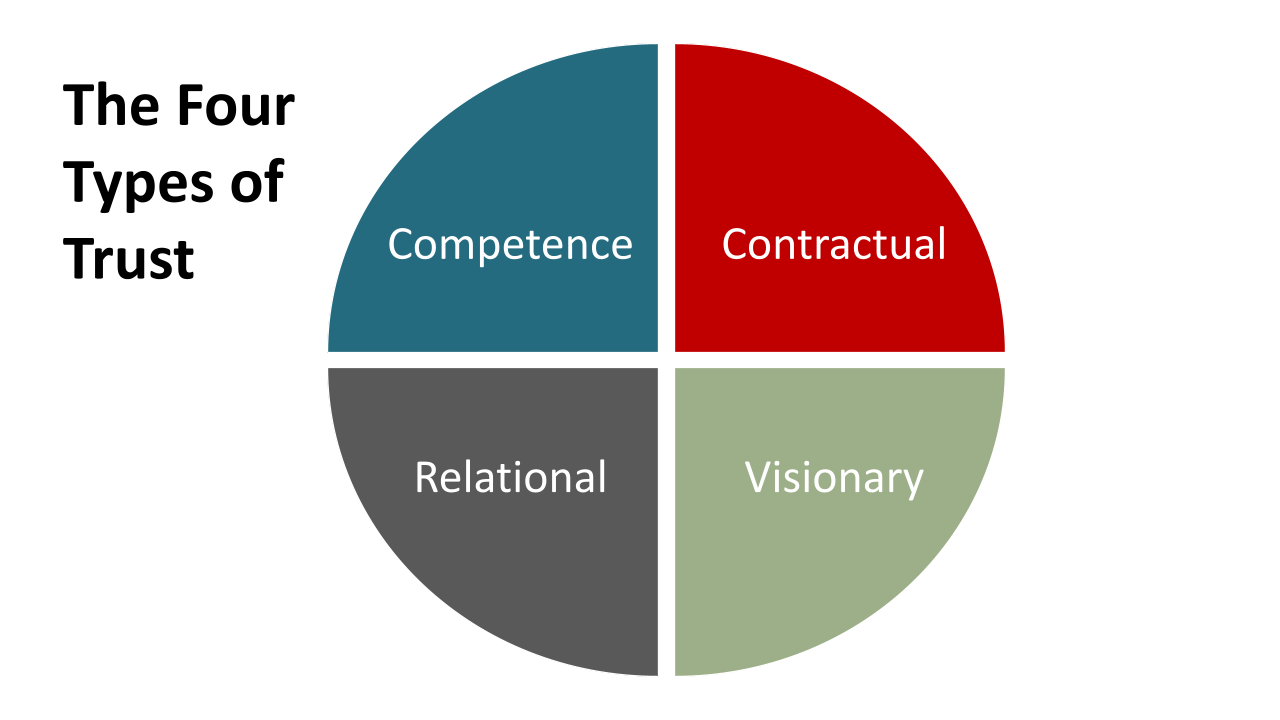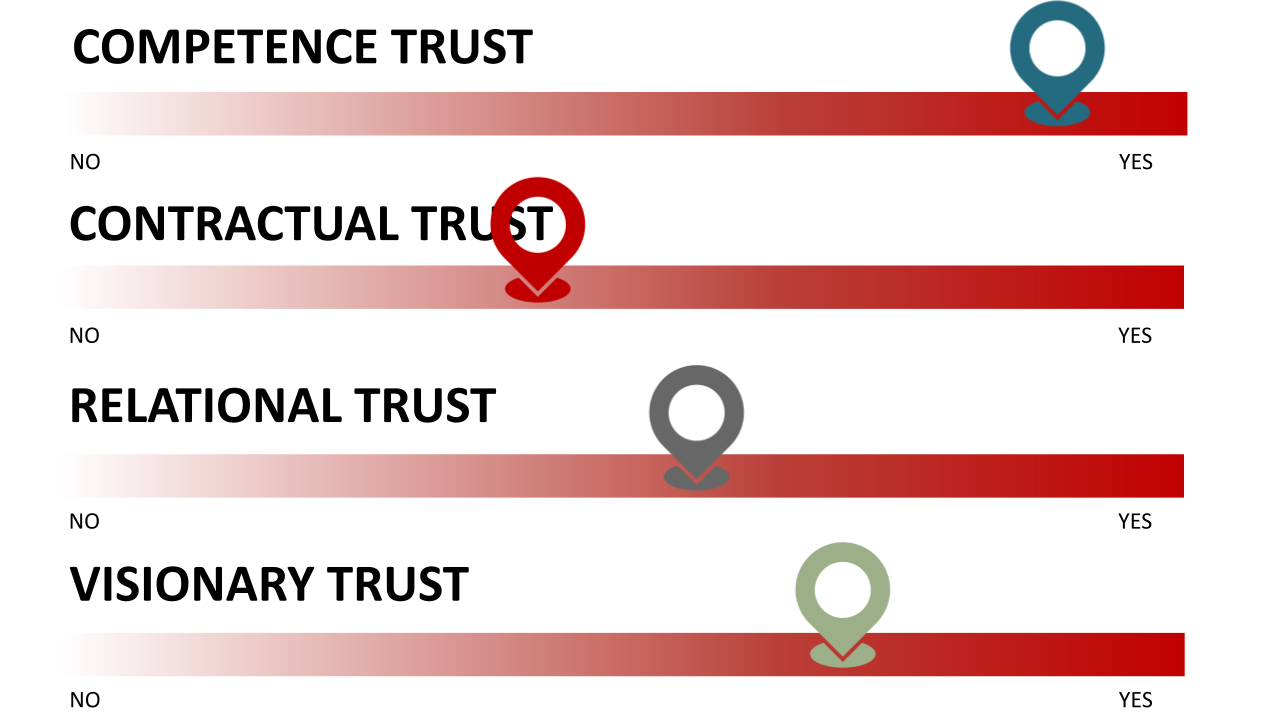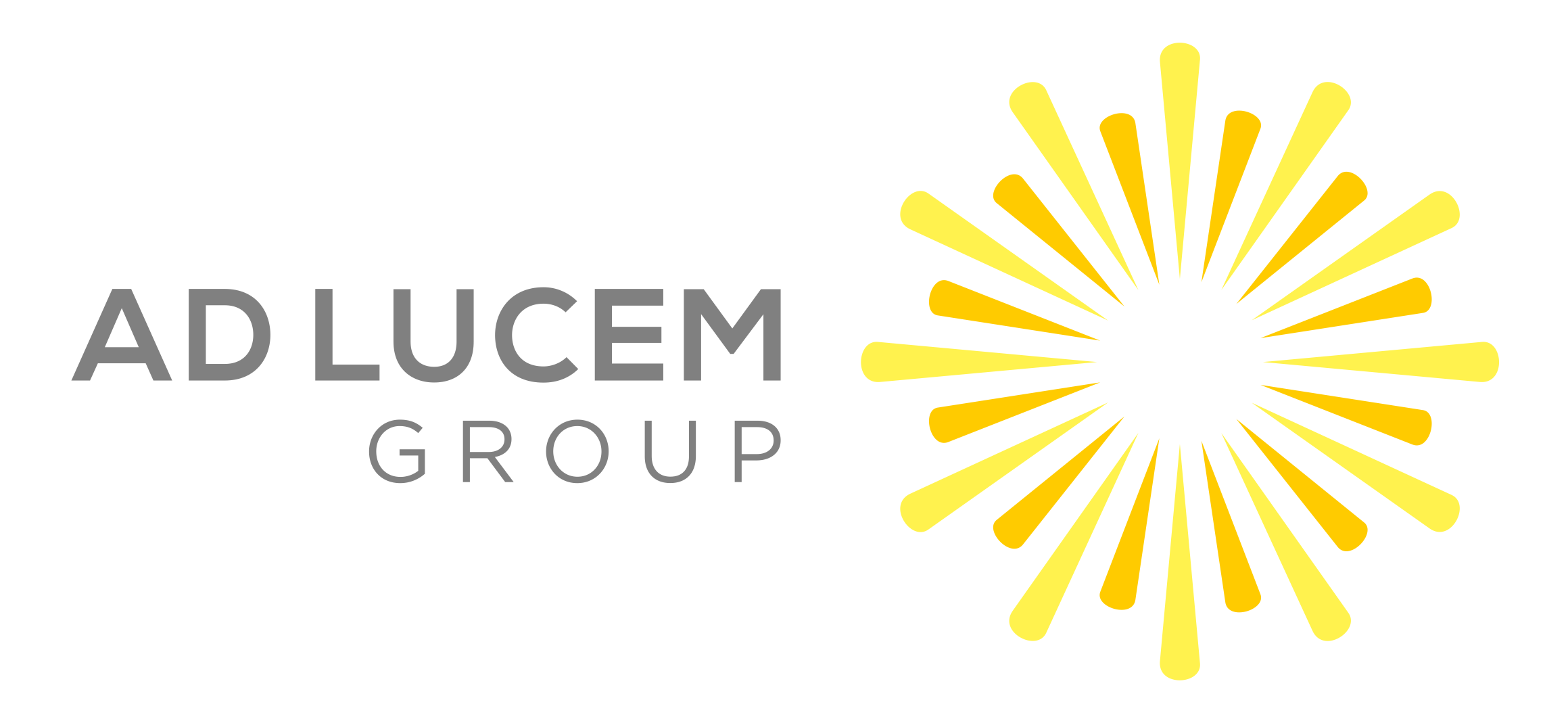Most of us think of trust as a single factor: you either have it or you don’t. But that way of thinking is too simplistic. In reality, we trust the people in our lives in different ways and for different purposes.
The text was the first real message I’d received from him in response to a project I’d sent for his review two weeks before. We were past the deadline, but my follow up emails had gone unanswered and my reminder in a meeting had only elicited a head nod.
“I’d bet on getting it next week,” I thought to myself.
Have you had a colleague like that? I’m sure you have.
Here’s the thing, though: I would trust this colleague with just about anything but a deadline. He’s smart, kind, helpful, and good at sharing credit for the work we do together.
But will he meet a deadline? No. I don’t trust that.
Four Kinds of Trust
Most of us think of trust as a single factor: you either have it or you don’t. But that way of thinking is too simplistic. In reality, we trust the people in our lives in different ways and for different purposes. You trust your mechanic’s automotive competence, but you probably don’t share with him or her about your mother-in-law problems, for example.
That’s because there are four different types of trust. Very simply:
- Contractual: Will you do what you say you’ll do?
- Competence: Are you capable of the work?
- Relational: Will you care for me as a person and keep my confidence?
- Visionary: Do we have a shared idea of the future that we’re both invested in?

Each of these types of trust exist on a continuum. I sometimes think of it as a sliding scale, like this:

But she is still new in her career. She has a lot to learn, and she knows it.
In her case, you’d have low competence trust in her, but higher contractual, relational, and visionary trust. Trust in her competence will improve over time, as she develops.
Finding Trust Gaps
Not long ago, our team at Ad Lucem Group was invited to talk about trust with 100 members of a division of a global manufacturing company. To prepare for the meeting, we interviewed dozens of the organization’s top executives to find out how much they trusted the division.
The executives told us the same thing: they had high competence, contractual, and relational trust with members of this division. “But as we’re growing, we need more from them,” said the executives. “They know our future direction—we need them to tell us what risks lie ahead, or what we should be doing now to prepare.”
In other words, the executives were calling for strengthened visionary trust.
As the organization’s vision for the future became increasingly clear, they needed this division to seek training, make decisions, hire new people, and bring ideas in support of achieving the shared vision. Doing so would demonstrate visionary trust.
Ad Lucem Group’s trust survey can help your company determine where gaps in trust exist, at the individual or team level. But beyond that, you can also identify trust gaps with a few simple questions like, “What do you need more of from our team?”
If you hear, “we need error free work,” it indicates a lack of competence trust. A request for easier working relationships might point toward a need for increased relational trust. “Timeliness” or “clear compliance” would suggest a gap in contractual trust.
Rebuilding trust takes time—and can be especially difficult after critical incidents, like organizational restructuring or layoffs. But it is possible to grow trust, and that’s easier to do once you understand what type of trust most needs your attention.

Amber Johnson, PhD
Senior Culture & Strategy Advisor
Are You Leading For Peak Performance?
Take this short assessment to gain insights on the kind of culture you’re fostering, how your leadership is impacting your team’s performance, and if you’re creating a great place to work.
Are you interested in learning how to lead your business through positive change? Click here to schedule an appointment.


